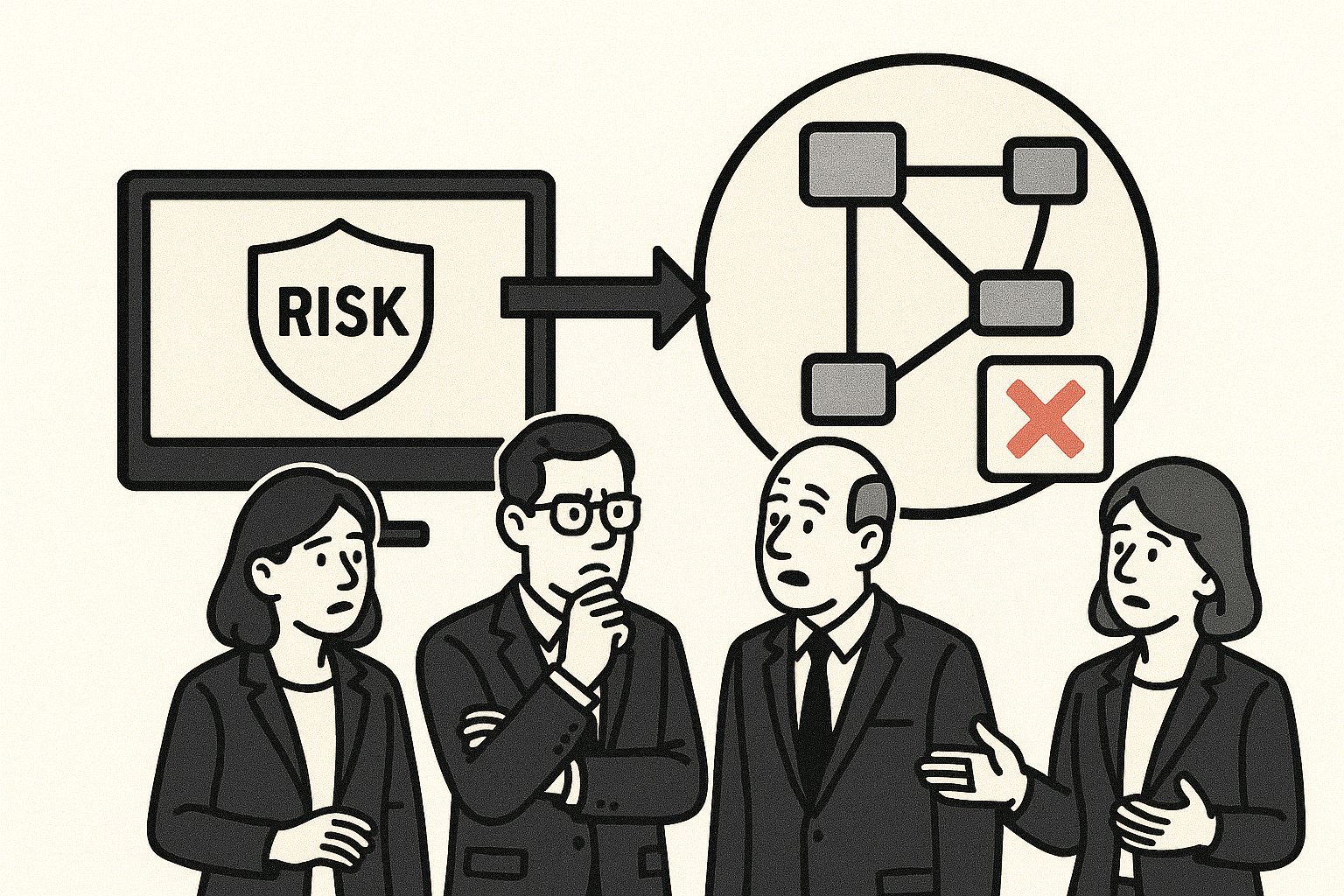Enterprise Adoption of Unified Risk Platform Streamlines Oversight but Reveals Integration Flaws
The Challenge
NorthStone Financial Group, a mid-sized Canadian investment and insurance provider, adopted a unified risk management platform to centralize compliance monitoring, risk scoring, incident response, and privacy metrics in a single view. The organization had long struggled with siloed tools and inconsistent reporting. Leadership expected the new platform to improve accountability and accelerate reporting to meet both OSFI and PIPEDA obligations.
Within months, the deployment exposed deeper problems. Integrations with legacy systems, including customer databases, vendor management tools, and third-party analytics, proved more complex than planned. Several data fields did not map correctly, which led to inconsistent risk scores and incident timelines across modules.
During a quarterly review, internal auditors found that certain security alerts from Alberta branch networks never appeared in the platform’s master incident queue. Initial troubleshooting suggested a simple synchronization error. Further investigation identified API misconfigurations that allowed some event logs to bypass the centralized database.
As issues accumulated, the compliance team continued to rely on the platform’s dashboards for executive reporting, which created false confidence in the organization’s cyber posture. Senior leaders presented reports showing a decline in incidents, unaware that multiple vulnerabilities had gone untracked for more than six weeks.
A privacy officer then discovered that a small set of customer records tied to insurance claims had been left unencrypted in a cache during an automated migration. The exposure was contained quickly, but it triggered a mandatory breach notification under PIPEDA. Regulators requested evidence of risk management controls. With fragmented logs and incomplete integrations, assembling a defensible audit trail took weeks.
The platform that was meant to simplify oversight instead revealed structural weaknesses in data governance, integration planning, and oversight alignment.
Our Solution
We delivered a Productized Risk Platform Remediation and Governance Enhancement service to restore oversight integrity, correct technical misalignments, and re-establish compliance assurance.
Key workstreams:
- A full integration risk assessment across APIs, log sources, and data flows.
- A standardized data taxonomy and governance policy aligned to PIPEDA and OSFI B-13.
- A segregated sandbox for configuration testing before production releases.
- Automated reconciliation to cross-verify logs between the platform and external systems.
- Targeted training for executives, compliance, IT, and data stewards.
- Vendor collaboration to tighten API specifications and confirm SOC 2 and ISO 27001 alignment.
The Value
- 98% reduction in log discrepancies.
- Full restoration of compliance reporting integrity, confirmed by internal audit.
- 30% decrease in manual oversight hours through automated validation and reconciliation.
- Closure of regulator inquiries without penalties.
- Improved accuracy of board risk dashboards and quarterly reporting.
- Stronger vendor accountability through updated data-sharing controls and periodic attestations.
The organization moved from a reactive posture to a proactive governance model with sustainable platform resilience.
Implementation Roadmap
Phase 1: Assessment (Weeks 1–3) Mapped integrations and API workflows. Identified log flow failures and data mapping gaps. Issued an interim risk register and containment actions.
Phase 2: Stabilization (Weeks 4–8) – Deployed a sandbox for controlled API and configuration validation. – Corrected data tagging and enforced encryption at rest and in transit. – Coordinated vendor patches and cloud configuration updates.
Phase 3: Governance Enhancement (Weeks 9–12) – Implemented an enterprise data governance framework aligned to PIPEDA and OSFI B-13. – Standardized incident classification to improve analytics and reporting. – Delivered role-based training and clarified escalation paths.
Phase 4: Optimization and Monitoring (Weeks 13–16) – Implemented continuous log reconciliation and exception alerting. – Established KPI dashboards for data accuracy, response times, and integration health. – Completed a post-remediation audit to verify risk reduction and reporting integrity.


